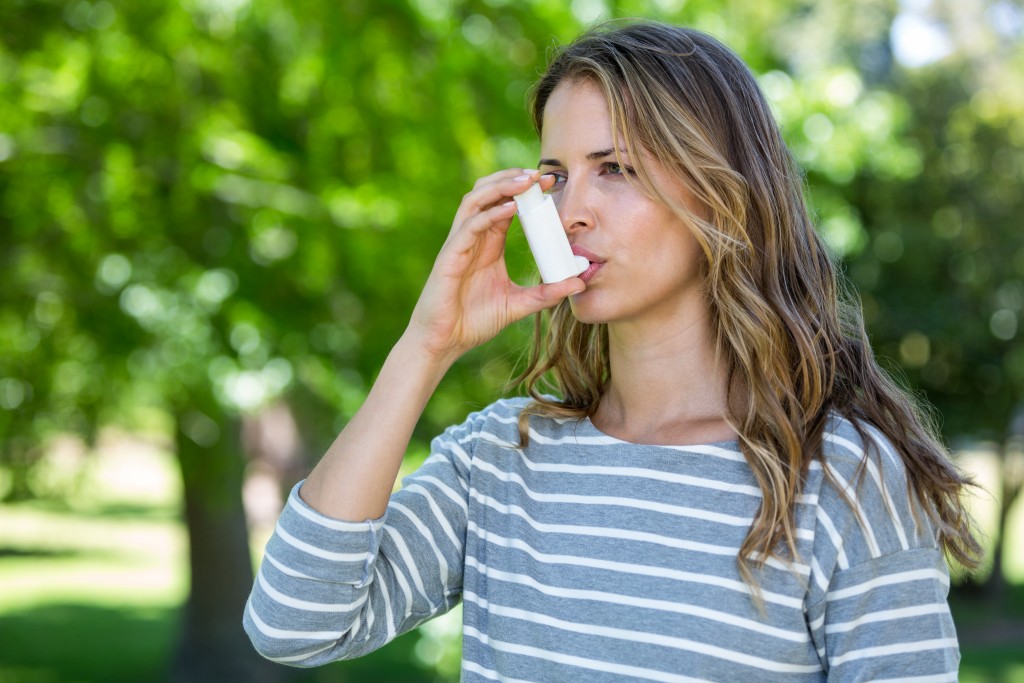You know what pollution outdoors is like. Unless you happen to be living in a rural area, the smells of smoke, dust, and other particulates in the city air are something you’re all-too-familiar with. So when it all gets a little too much, the most obvious solution is for you to stay indoors, where you can shut out all of that. Right?
Well, not exactly. While you may think the pollution outside is bad, there are cases where staying inside can be more harmful to your health than staying outside. Here are the reasons to help you understand why indoor pollution can harm your health.
You Bring Outside Inside
This is the first and biggest reason indoor air quality can be worse than outdoors. Unless you work for a vacuum filtered facility, you likely only have a physical barrier like a door between you and the outside. Now, this is all well and good to keep out unauthorized personnel, but it doesn’t do much against air currents.
Simple physics will tell you that opening and closing a pathway between two areas mean that you’ll be bringing a little bit of each area into the other. Most companies that do air duct cleaning in Reno find that the majority of the things removed from ducts didn’t come from inside the premises. They are rather recycled material that people brought in from outside that went up in the vents.
Inside Is A Closed System
Most buildings are closed off structures. This makes sense as you want to keep out the wind from going through your paperwork or the dust away from your room. It also means that the circulation of the place will be extremely limited. Most of the time, the air in these places are recycled, which means they’re lower in quality than the air you can find outside.
This poses a few problems aside from having stale air. Uneven amounts of gas in the air can contribute to all sorts of health hazards. Having more carbon dioxide (CO2) instead of oxygen, for example, can make people more prone to sleeping on the job, making productivity grind to a halt.
There Are No Set Standards
Finally, while there are sufficient building codes that regulate how a building is constructed, there are very few bylaws in place that govern air quality. Even though there are guidelines in place about indoor air quality, most of these are non-regulatory. This means building managers are under no obligation to meet these targets.
Combined with the already risky design of most buildings, this leads to an environment where air quality can be two to five times worse indoors than outdoors. While immediate effects due to this setup won’t be noticeable, long-term exposure to these conditions can lead to debilitating illnesses.
So the next time you think of going indoors might be better for your health, think again. If you aren’t entirely sure about the air quality inside the building you’re in, you might be better off just staying outside.


